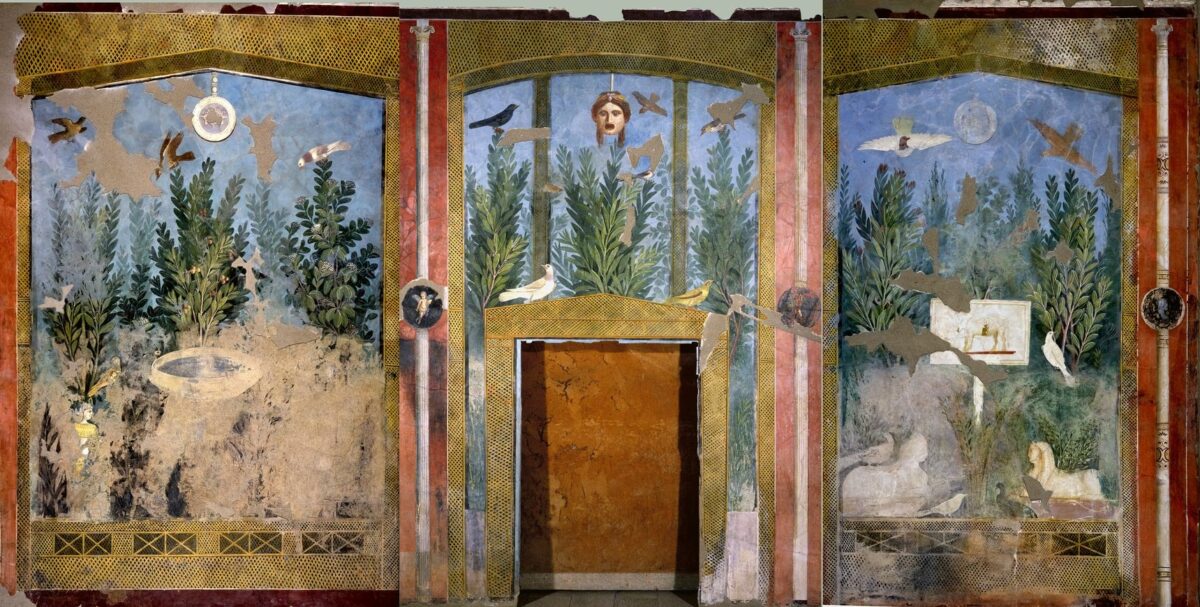“Roman Landscapes from Pompeii | An Exhibition at the SAMA

Currently on display at the San Antonio Museum of Art is “Roman Landscapes: Visions of Nature and Myth from Rome and Pompeii”. This exhibition is the first of its kind to be showcased in the United States, exploring landscape scenes as a unique and captivating genre of ancient Roman art. Visitors are guided through the rich cultural and archaeological contexts of these works, which depict an imagined countryside stippled with coastal villas and rural shrines. Mystical Gods and mythological heroes mingle with travelers, herdsmen, and worshippers, creating an enthralling vision of the natural textures and objects that occupy the once-Roman landscape.
The exhibition showcases sixty-five works of art, comprised of wall paintings, sculptures, mosaics, and cameo glass and silver vessels, all of which were created in Roman Italy between 100 BC and AD 250. Through the provocation of mural paintings and relief sculptures, the exhibition highlights the imaginative aspects of Roman images of the unrefined terrain, connecting the genre’s appearance to the political and social turmoil of the late Republic and early Empire. The exhibition also displays paintings and sculptures from lavish Roman residences and their gardens in Pompeii along with nearby villas on the Bay of Naples, illustrating how depictions of tracts of Roman land were used to decorate these opulent homes. Visitors can also see quasi-antic views of Egypt and Greece, which reflect an ancient fascination with these celebrated lands and their incorporation or influence on the Romanitas. Mythic paintings portray landscape scenes as loci for perilous encounters between humans and the deities which they worship.
The exhibition concludes by comparing wall paintings from communal tombs in Rome with those from houses thus exploring the adaptation of landscape imagery for funerary settings. Throughout the exhibition, visitors can appreciate the artistic conventions that distinguish Roman landscape scenes, including their fluid, almost “impressionistic” brushwork and the use of a bird’s-eye perspective.
Among some visitors, Judith Dobrzynski for the Wall Street Journal says, “The fresh topic of this exhibition makes it a welcome, provocative look at new territory”.
-Coby Hobbs
